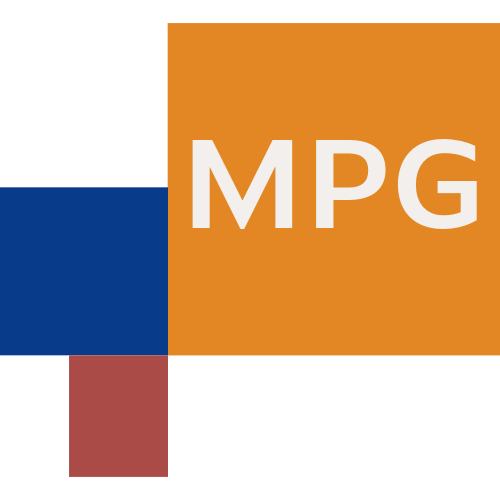menu
menu
Menu
cancel
- arrow_back_iosBacknavigate_nextpersonPersonal
- groupCommunities
- articleBlogs
- eventEvents
- sourceTemplates
- question_answerQuestions
- schoolLearning
- business_centerBusiness
- live_helpFAQ
This question addresses the regulatory and moral aspects businesses must consider when designing oversight policies, such as complying with labor laws, ensuring fairness, and upholding ethical s...
This question examines the role of technological tools in monitoring employee performance and behavior, and how they can be used judiciously to enhance transparency and trust rather than fosteri...
This question explores the balance between monitoring employee activities to ensure compliance and productivity, and maintaining a respectful level of privacy and independence for employees. 2....
**What are the most effective methods for implementing employee oversight while respecting privacy and autonomy?
What are the common challenges faced by companies during compliance inspections, and what strategies can be employed to overcome these challenges and ensure a successful inspection process?
How can organizations effectively use the findings from audits and inspections to improve compliance, reduce risk, and enhance operational efficiency?
What are the key differences between internal and external audits, and how do these differences impact the preparation and execution of each type of audit?
3. **How can organizations balance the need for robust risk management practices with the demands for innovation and growth, particularly in industries undergoing rapid technological change?
2. **What are the key challenges organizations face in identifying and assessing emerging risks, and how can companies ensure that their risk management strategies remain adaptive to new threats a...
**How does Enterprise Risk Management (ERM) contribute to achieving an organization's strategic objectives, and what frameworks are commonly used to implement ERM effectively?
